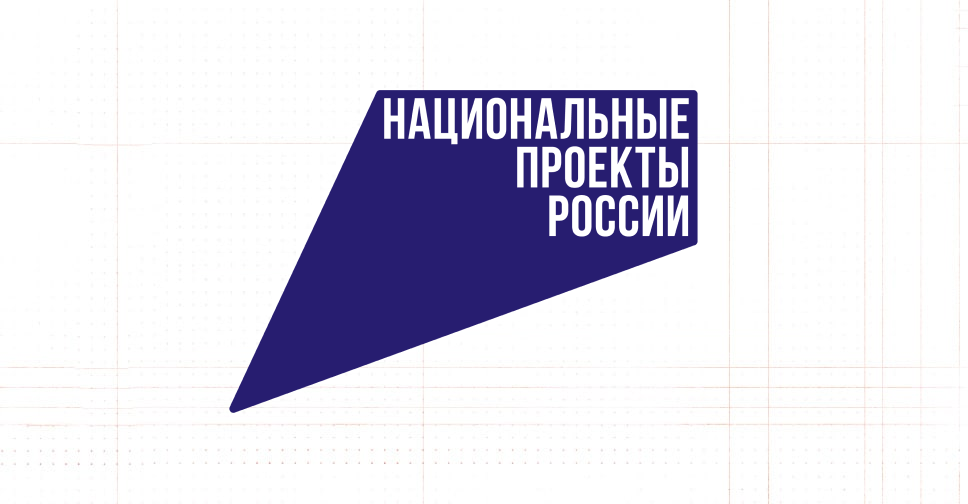During the business trip to the Tatarstan Republic Mr. Vitaly Markelov, together with the Head of the Region, Rustam Minnikhanov, visited Innopolis University, where they got acquainted with some gas-engine equipment and Tatarstan enterprises productions, which are used by structural divisions of PJSC Gazprom. The guests were presented the projects of Innopolis University, including the Center’s pilot projects that can be used in the gas industry.
Vitaly Markelov, Deputy Chairman of the Gazprom Management Committee, reviewed the pilot projects of the Center for Technologies in Robotics and Mechatronics Components
Specialists from the Center for Technologies in Robotics and Mechatronics Components of Innopolis University presented projects on industrial and collaborative robotics, and unmanned vehicles. In particular, the Head of the Center for Technologies in Robotics and Mechatronics Components Alexander Klimchik spoke about the joint project with FEFU, the Institute of Marine Technology Problems of the Far Eastern Branch of the Russian Academy of Sciences, the Institute of Automation and Control Systems of FEB RAS and Volgograd State Technical University for the development and testing of autonomous and remote-controlled underwater robots, as well as their control and software.
Alexander Klimchik, Head of the Center for Technologies in Robotics and Mechatronics Components, Professor:
“The consortium, created on the basis of our center, has the basic platforms of autonomous robots for various depths (from 200 to 6000 meters). All of them have been tested on various expeditions. Based on these platforms and using the developed unified intellectual information-measuring and control system, intelligent underwater robots of various types (autonomous, remote-controlled), they haven`t any analogs in the world. These devices can be used for inspection and automatic cleaning of pipelines from sediment, as well as their repair. ”
To the guests was presented an aerial reconnaissance module developed jointly with KAMAZ PJSC. The module is intended for a terrain map construction and planning the path of an unmanned vehicle. It can be adapted to base several UAVs. This device is designed in such way, that it can work in the temperature range from -30 to +50 degrees. This characteristic gives the module the ability to be used in different climatic zones. Another project of the center – a tiltrotor. This invention can be used for the infrastructure screening over a length of 150 km, to deliver goods to objects at a distance of up to 300 km, with the refueling at the other end, and up to 150 km without the possibility of refueling. This tiltrotor is lifting to 15 kg of payload.
One of the strengths of Innopolis University are new projects in the field of unmanned vehicles for logistics and long-distance cargo delivery in an autonomous solution.
“Today we are at the second place in Russia in terms of mileage after Yandex, we have our unique developments in the field of path planning and environmental recognition, thanks to which we are known not only in Russia, but also in the international community of autonomous transportation solutions developers”, said Professor Klimchik.
Also, other projects were presented, with that the Center’s employees are working on, including new pilot project – Digital skin and Virtual LNG Refueling Assistant. Digital artificial skin is implemented using only internal measuring instruments. Our solution allows us to determine the nature of the external interaction with the environment and the contact point with an accuracy of 1 cm, which corresponds to a person’s fingerprint. This solution can be used for industrial tasks and for in medical and research applications.
The Center’s employees completed a pilot project to demonstrate the possibilities of mixed reality as exemplified by the cryogenic refueling of RariTEK Holding JSC. On the basis of this equipment was implemented the help system for inexperienced users to perform operations in the correct sequence. This decision was demonstrated at the IX St. Petersburg International Gas Forum. According to Alexandr Klimchik, the employees of the Center for Technologies in Robotics and Mechatronics Components have experience in mixed reality, not only for assisting in the maintenance of complex equipment but also for robotics systems control. This pilot project will become very popular for the control and monitoring of complex equipment located by large distances from the operator and each other. This will allow you to leave highly qualified specialists in the one control and monitoring center and work simultaneously with many infrastructure facilities located at large distances from each other.









